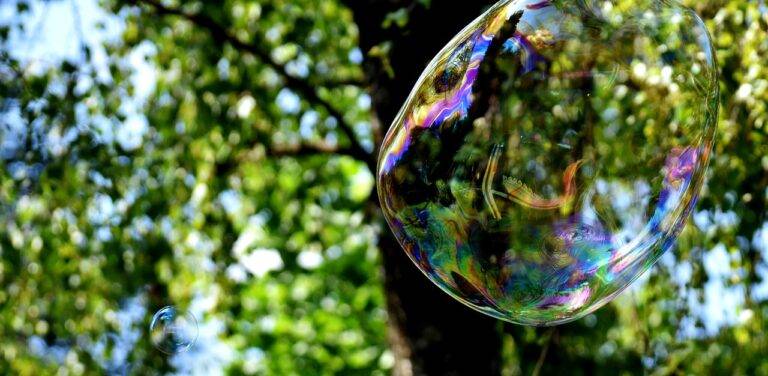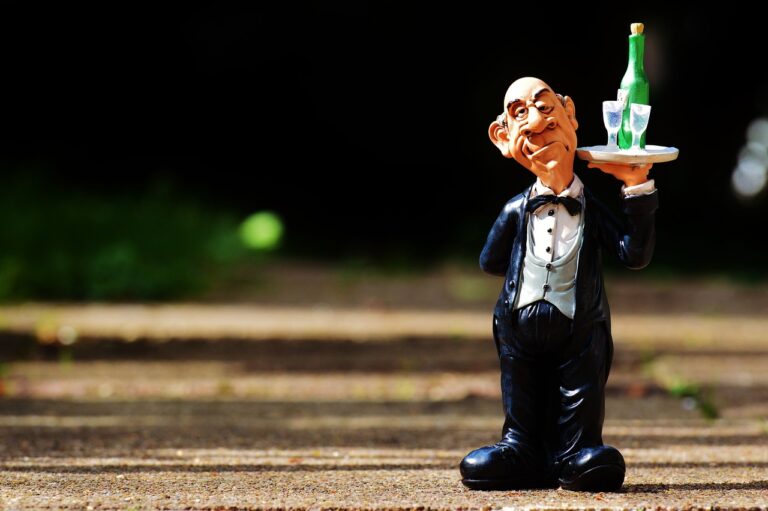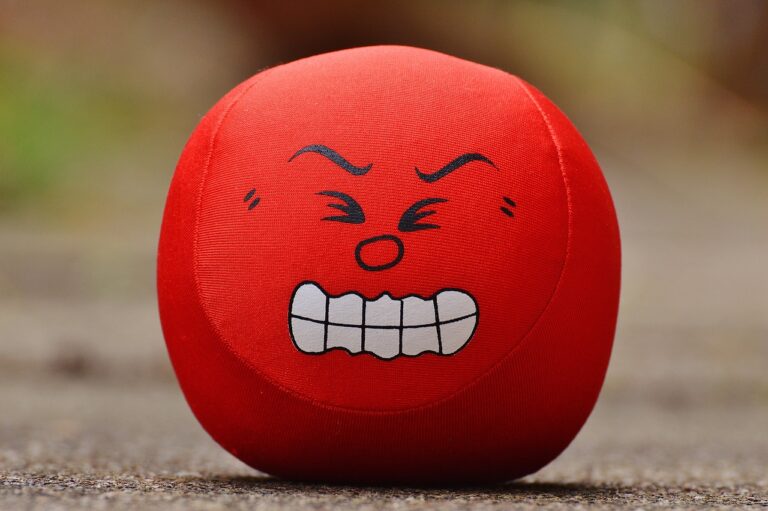The Evolution of Horror Movies: From Classic Monsters to Psychological Thrillers
Horror cinema emerged in the early 20th century, captivating audiences with its ability to evoke fear and suspense through visual storytelling. The silent film era paved the way for this new genre to explore the darkest corners of human imagination, utilizing innovative techniques to create chilling atmospheres and eerie narratives. Directors and filmmakers began experimenting with unconventional themes and utilizing primitive special effects to incite terror in viewers on the big screen.
As the art of filmmaking progressed, horror cinema evolved alongside it, pushing boundaries and exploring the depths of human psyche. Filmmakers like Georges Méliès and F.W. Murnau delved into the supernatural and macabre, laying the foundation for what would later become a popular and enduring genre in the world of cinema. The Birth of Horror Cinema marked a significant turning point in the history of film, captivating audiences and paving the way for the iconic horror films and directors that would follow in its footsteps.
Silent Era Terrors
During the silent era of cinema, horror films began to make their mark in the industry. Without the use of spoken dialogue, filmmakers relied on atmospheric music, dramatic lighting, and exaggerated expressions to evoke fear in their audiences. Iconic silent horror films such as “The Cabinet of Dr. Caligari” and “Nosferatu” set the foundation for the genre, showcasing the potential for creating suspense and terror on the screen.
Actors like Lon Chaney, known as “The Man of a Thousand Faces,” captivated audiences with his transformative and chilling performances in films like “The Phantom of the Opera” and “London After Midnight.” These silent era horror films not only paved the way for future developments in the genre but also established enduring archetypes of horror that continue to resonate with audiences today.
The Rise of Universal Monsters
The era of Universal Monsters marked a significant turning point in horror cinema. From the 1920s to the 1950s, iconic characters like Dracula, Frankenstein’s monster, and The Mummy emerged and captivated audiences with their eerie tales. These monsters, often portrayed by legendary actors such as Bela Lugosi and Boris Karloff, became cultural phenomena that continue to endure in the hearts of horror fans worldwide.
With groundbreaking makeup and special effects, Universal Studios brought these characters to life in ways that had never been seen before. The haunting beauty of Dracula’s castle, the tragic loneliness of Frankenstein’s monster, and the relentless pursuit of The Mummy all contributed to the creation of a horror universe that set the standard for generations to come. These films not only terrified audiences but also delved into deeper themes of humanity, morality, and the consequences of playing god.
• The era of Universal Monsters introduced iconic characters like Dracula, Frankenstein’s monster, and The Mummy
• Legendary actors such as Bela Lugosi and Boris Karloff portrayed these monsters
• Universal Studios utilized groundbreaking makeup and special effects to bring these characters to life
• Themes of humanity, morality, and the consequences of playing god were explored in these films
What is considered the birth of horror cinema?
The birth of horror cinema is often traced back to the early 1900s with the release of films like “The Cabinet of Dr. Caligari” and “Nosferatu.”
What was significant about the silent era in horror cinema?
The silent era of horror cinema set the foundation for many iconic horror themes and tropes that are still prevalent in the genre today.
How did the rise of Universal Monsters impact the horror genre?
The rise of Universal Monsters, such as Dracula, Frankenstein, and The Mummy, solidified the popularity of horror films and established many of the classic monster archetypes that are still iconic today.







